Glasgow Fireplace Installers provides expert fireplace installation across Glasgow.

We bring over 35 years of trusted experience to every fireplace installation project in Glasgow. From contemporary modern designs and efficient wood-burning stoves to timeless traditional solid fuel fires, our expert team is dedicated to providing top-quality installations that enhance Your home.

Get in contact with us today to book
your Fireplace installation
Initial Consultation
Discussion about your preferences and project details
Site Survey
Quotation
Providing a detailed quote with no hidden costs
Installation
Expert fitting by Gas Safe and HETAS trained professionals

Experienced Fitters
Skilled professionals ensuring a perfect installation

Quality Materials
High-grade materials and bespoke options available

Compliance
All installations meet current safety and regulatory standards

Case Studies
High Efficiency Gazco Fire Installation: Detailed description of the project and outcomes
Discover the Warmth and Elegance with the Benefits of Our Expert Fireplace Installation Service
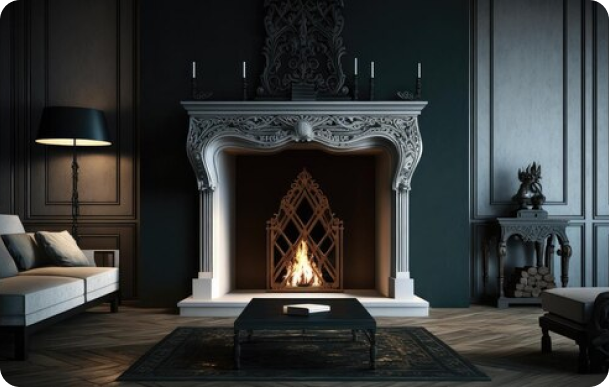
Upgrade Your Home
Transform outdated or inefficient fireplaces with modern, stylish installations.
Safety First
Ensure your fireplace meets current safety and building regulations.
Efficiency Matters
Proper installation ensures optimal heat output and energy efficiency.
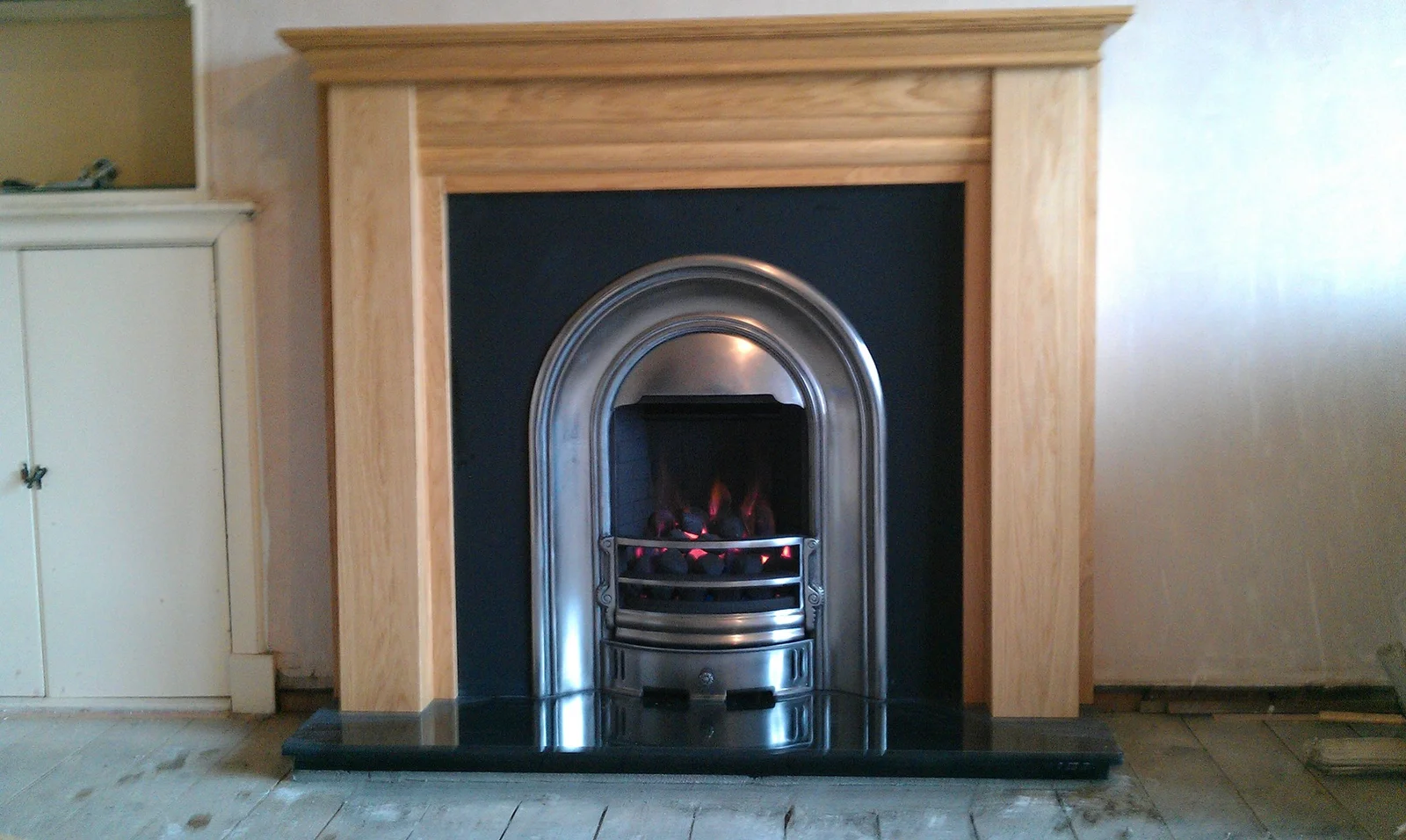
Expert Fitters
Our Gas Safe and HETAS-certified professionals guarantee top-quality installation.
Custom Solutions
Tailored to suit your space, style, and budget.
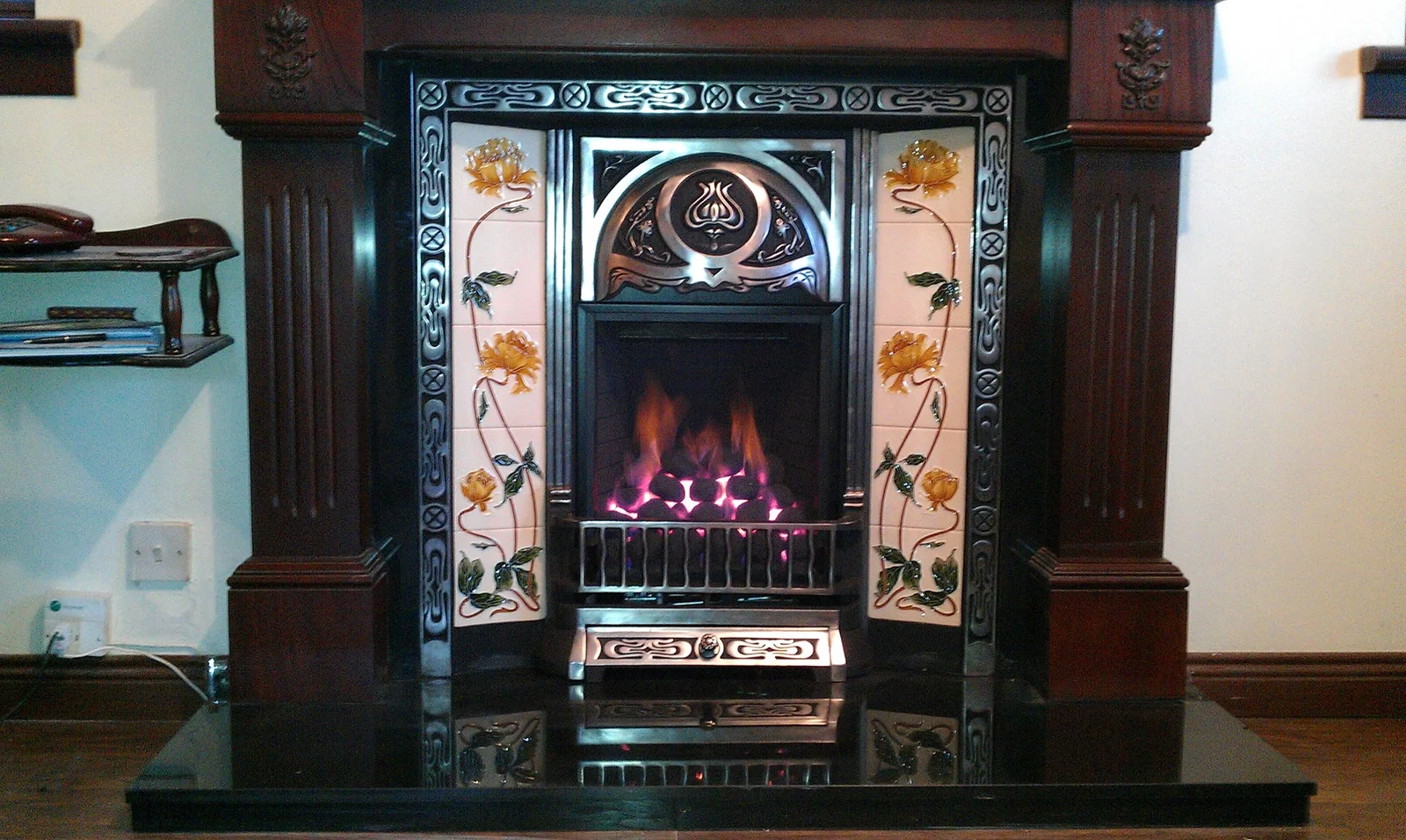
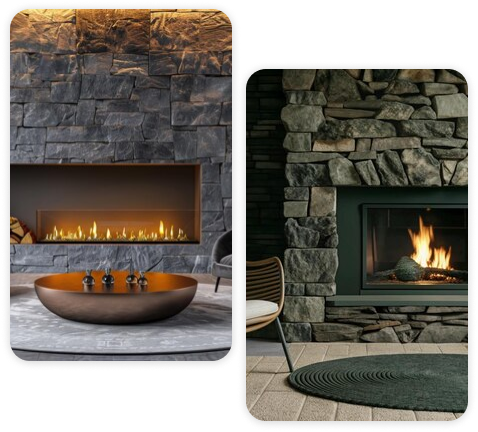

Need Help?
If you have any questions or need assistance with booking, please don t hesitate to reach out to our friendly team. We re here to help with everything from installing or updating chimney liners for wood burning or gas fireplaces to ensuring proper exhaust of fumes and smoke.
We look forward to helping you create a warm and inviting space with your new fireplace!
Your Guide to a Smooth and Successful Fireplace Installation
We install a variety of fireplaces, including gas, wood-burning, and electric models. The right choice depends on your home’s layout, personal preferences, and whether you have a chimney or not.
In most cases, you do not need planning permission for a standard fireplace installation. However, if your home is listed or in a conservation area, you may need to check local building regulations.
The cost of installation varies depending on the type of fireplace, materials used, and any additional structural or chimney work required. We provide a detailed quote after an initial assessment.
Yes, fireplaces can be installed on internal walls using specific venting methods for gas or electric models. For wood-burning fireplaces, a chimney or flue system will need to be installed.
We follow all safety regulations, ensuring proper clearances, ventilation, and fire-resistant materials are used. Additionally, we install carbon monoxide detectors for gas and wood-burning units where necessary.
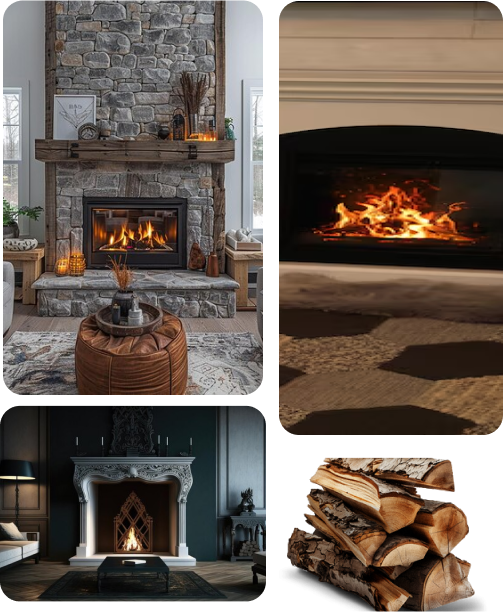

Drop a line
Mail Us
24/7 Service
Call Us
Location
Visit Us
58 Eastwood mains Road, Glasgow, G46 6QD
Company
Support
Monday to Friday: 9:00 AM – 5:00 PM
Saturday: 10:00 AM – 2:00 PM
Sunday: Closed
Stay up to date